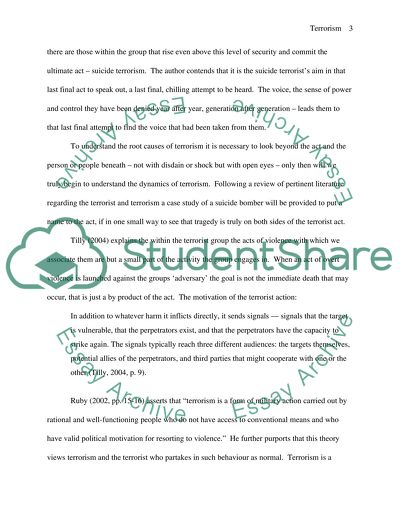Cite this document
(“Terrorism Case Study Example | Topics and Well Written Essays - 2500 words”, n.d.)
Terrorism Case Study Example | Topics and Well Written Essays - 2500 words. Retrieved from https://studentshare.org/sociology/1519657-terrorism-case-study
Terrorism Case Study Example | Topics and Well Written Essays - 2500 words. Retrieved from https://studentshare.org/sociology/1519657-terrorism-case-study
(Terrorism Case Study Example | Topics and Well Written Essays - 2500 Words)
Terrorism Case Study Example | Topics and Well Written Essays - 2500 Words. https://studentshare.org/sociology/1519657-terrorism-case-study.
Terrorism Case Study Example | Topics and Well Written Essays - 2500 Words. https://studentshare.org/sociology/1519657-terrorism-case-study.
“Terrorism Case Study Example | Topics and Well Written Essays - 2500 Words”, n.d. https://studentshare.org/sociology/1519657-terrorism-case-study.


